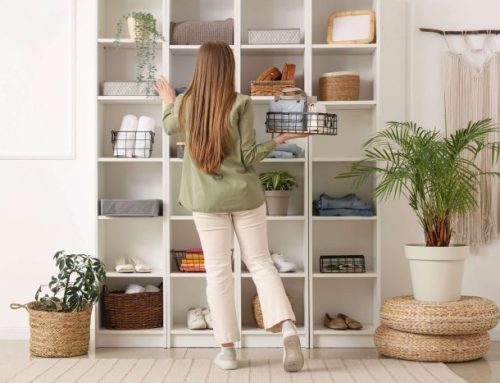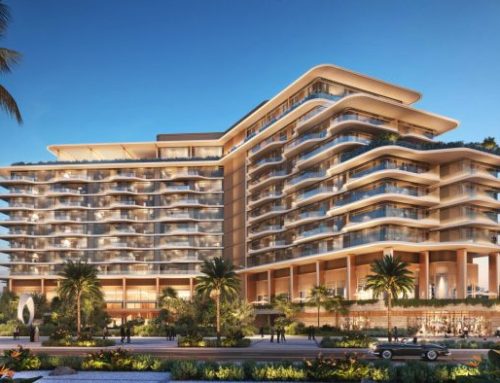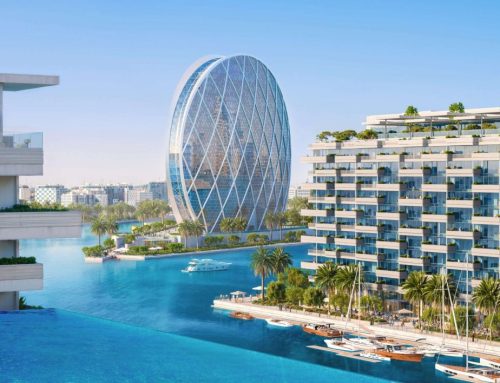Primary Properties vs Secondary Properties in the UAE: A Comprehensive Comparison
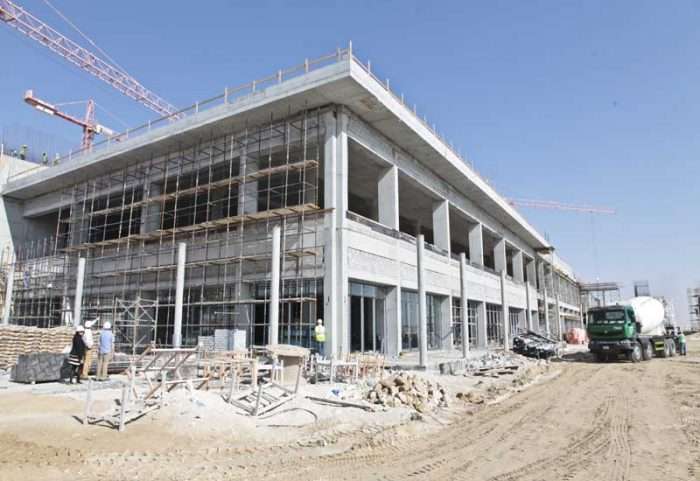
When it comes to buying a property in the UAE, you may come across terms like off-plan, primary, and secondary properties.
Understanding the differences between these property types is crucial for making an informed decision.
Primary Properties
Primary properties are new constructions sold directly by developers. They can be classified as “Off-plan” or “Ready.”
Off-plan Properties:
– These properties are still under construction, but developers provide a committed completion date.
– Investing in off-plan properties offers advantages such as lower prices and potential capital appreciation.
– Risks include the possibility of project abandonment, but strict regulations protect buyers.
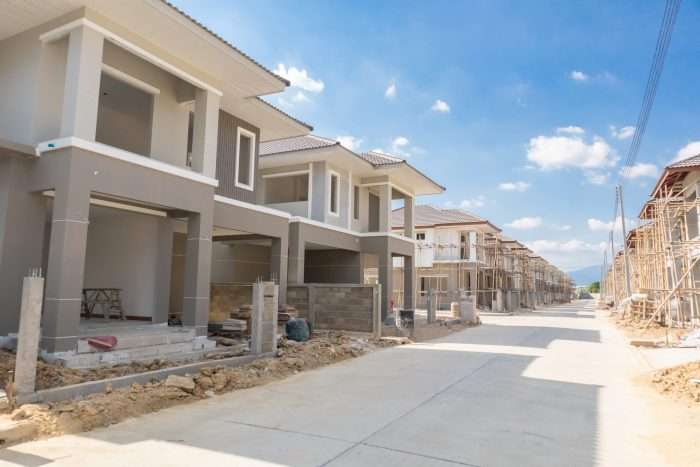
Ready Properties:
– Ready properties are fully constructed and immediately available for occupancy.
– They offer the advantage of allowing buyers to inspect the property and the surrounding area.
– While they may not have the same potential for capital appreciation, they provide stability and assurance.
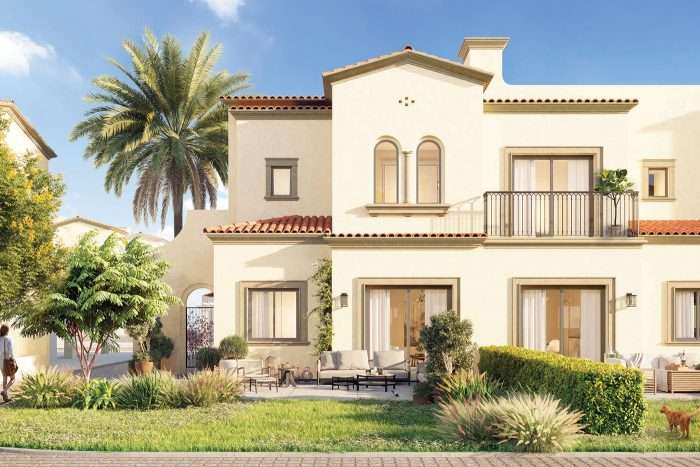
Secondary Properties
Secondary properties, also known as resale properties, have previous owners and are now for sale.
– These properties are already occupied or rented out and often located in established neighborhoods.
– They provide a wider selection and can be more affordable, but may require renovation and lack modern amenities.
– Payment plans offered by developers are usually not available for secondary properties.

Making the Choice: Primary vs. Secondary Properties
The decision depends on individual preferences, financial situation, and risk tolerance. Here’s a summary of the pros and cons for each property type:
Primary Properties:
Pros:
Latest Designs: Offers modern designs and amenities.
– Lower Market Price: Off-plan properties can be purchased at a lower price.
– Developer Promotions & Flexible Payment Plans: Developers often provide promotions and flexible payment options.
– Higher Return on Investment: Potential for healthy capital appreciation.
– Low or No Refurbishment Cost: Less likely to require significant refurbishment expenses.
Cons:
– Limited Supply: Primary properties sell quickly due to high demand.
– Possibility of Project Abandonment: Slight risk with off-plan properties, but regulations protect buyers.
– Delivery Might Not Meet Expectations: Uncertainty until construction is complete, but reputable developers minimize risks.
Secondary Properties:
Pros:
– Established Unit and Location: Located in established neighborhoods.
– Wider Choice of Options: More time to evaluate and make a decision.
– Negotiable & Lower Price: Can be more affordable, with room for negotiation.
Cons:
– Renovation Costs: May require budget allocation for renovations.
– Older Design: May lack modernity and cutting-edge designs.
– Less Flexible Payment Plans: Developers’ payment plans not available for secondary properties.
Both primary and secondary properties have advantages and disadvantages.
Consider factors like budget, location, timing, and personal preferences.
Conduct thorough research, work with reputable agents, and consult professionals to make an informed decision aligned with your goals.




